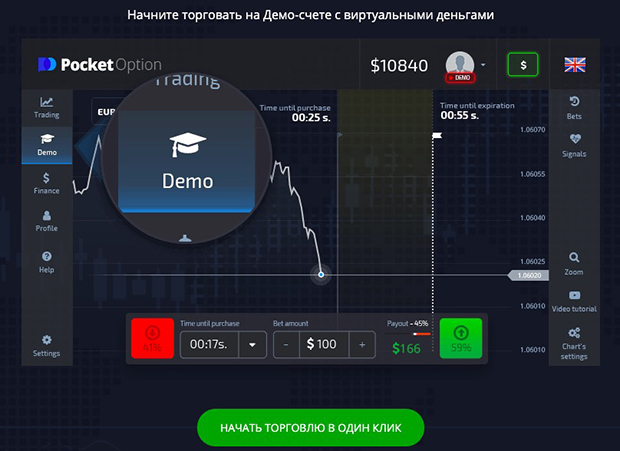
Trading Strategy with Envelope
The financial markets are a complex web of opportunities and risks, and traders are always on the lookout for effective systems to guide their decisions. One such method gaining traction is the Envelope trading strategy. This particular strategy utilizes technical indicators to help traders make informed decisions. For those eager to dive deeper, this guide will elaborate on how to effectively use the Envelope trading strategy. You can also find more detailed insights at Trading Strategy with Envelope https://trading-pocketoption.com/strategiya-envelope-na-15-minut/.
What is an Envelope?
In trading, an Envelope is a technical indicator that consists of two lines plotted above and below a moving average. These lines act as dynamic support and resistance levels. The main premise of the Envelope is that the price tends to stay within these two boundaries. When the price reaches the upper envelope line, it may be considered overbought, while the lower envelope line may indicate that the price is oversold.
How to Set Up Envelopes
To employ the Envelope strategy, traders must first establish their indicators properly. Here’s a simple step-by-step guide on how to set them up:
- Select your trading platform and open the chart of the asset you are trading.
- Choose the moving average indicator and set it to your desired period (common choices include 20, 50, or 100 periods).
- Add the Envelope indicator based on the moving average you selected. The default settings usually involve a percentage deviation from the moving average—typically set between 1% to 5%.
Understanding the Trading Signals
Once the Envelopes are established, understanding the signals they provide is essential:
- Buy Signal: When the price touches the lower envelope line, it could signal a buying opportunity, suggesting that the asset is oversold.
- Sell Signal: Conversely, a price touch on the upper envelope line may indicate that the asset is overbought, presenting a potential selling opportunity.
- Trend Continuation: If the price bounces off the upper or lower line, it may indicate that the current trend is likely to continue.

Combining Envelopes with Other Indicators
While the Envelope indicator can be powerful on its own, combining it with other indicators can help reinforce trading signals. Popular choices include:
- Relative Strength Index (RSI): Using the RSI can assist in confirming overbought or oversold conditions.
- MACD (Moving Average Convergence Divergence): This can help to identify momentum shifts that coincide with signals from the Envelope.
- Volume Indicators: Volatility can indicate the strength behind a price move, aiding in making more informed decisions.
Risk Management Strategies
As with any trading strategy, effective risk management is key to long-term success. Here are some strategies that can be considered:
- Set stop-loss orders based on a percentage of your account balance or a predetermined dollar amount.
- Only risk a small portion of your trading capital on any single trade, typically no more than 1-2%.
- Regularly review your trades and adjust your strategy based on performance.
Backtesting the Envelope Strategy
Before implementing the Envelope strategy in live trading, it’s advisable to backtest it. This process involves applying the strategy to historical data to see how it would have performed. Many trading platforms allow users to backtest strategies easily:
- Select a time frame and historical range for the asset to ensure comprehensive testing.
- Apply the Envelope strategy and note the results.
- Tweak the parameters based on the findings and repeat the testing process to optimize for better performance.
Conclusion
The Trading Strategy with Envelope has proven to be a valuable tool for traders looking to enhance their decision-making process. By understanding how Envelopes function, recognizing the signals they provide, and implementing solid risk management practices, individuals can navigate the markets with greater confidence. As with any strategy, continuous learning and adaptation are essential. So, make sure to stay updated and refine your approach regularly. Happy trading!

Comentarios recientes